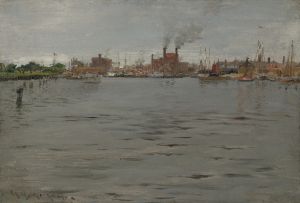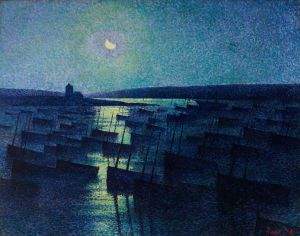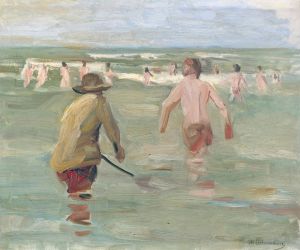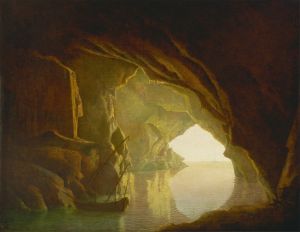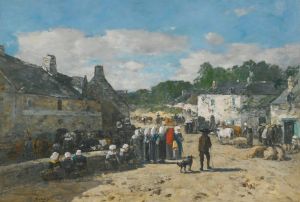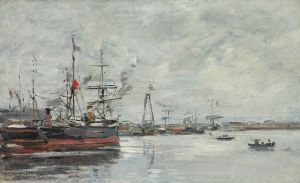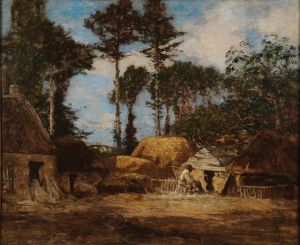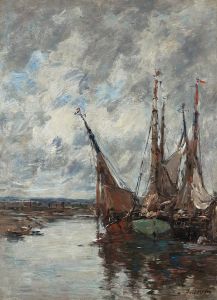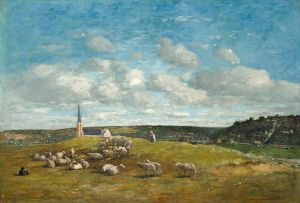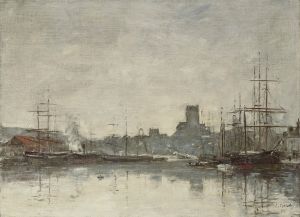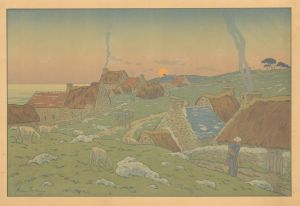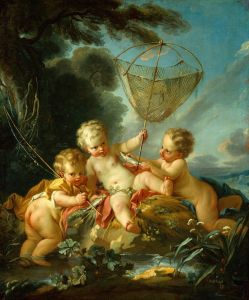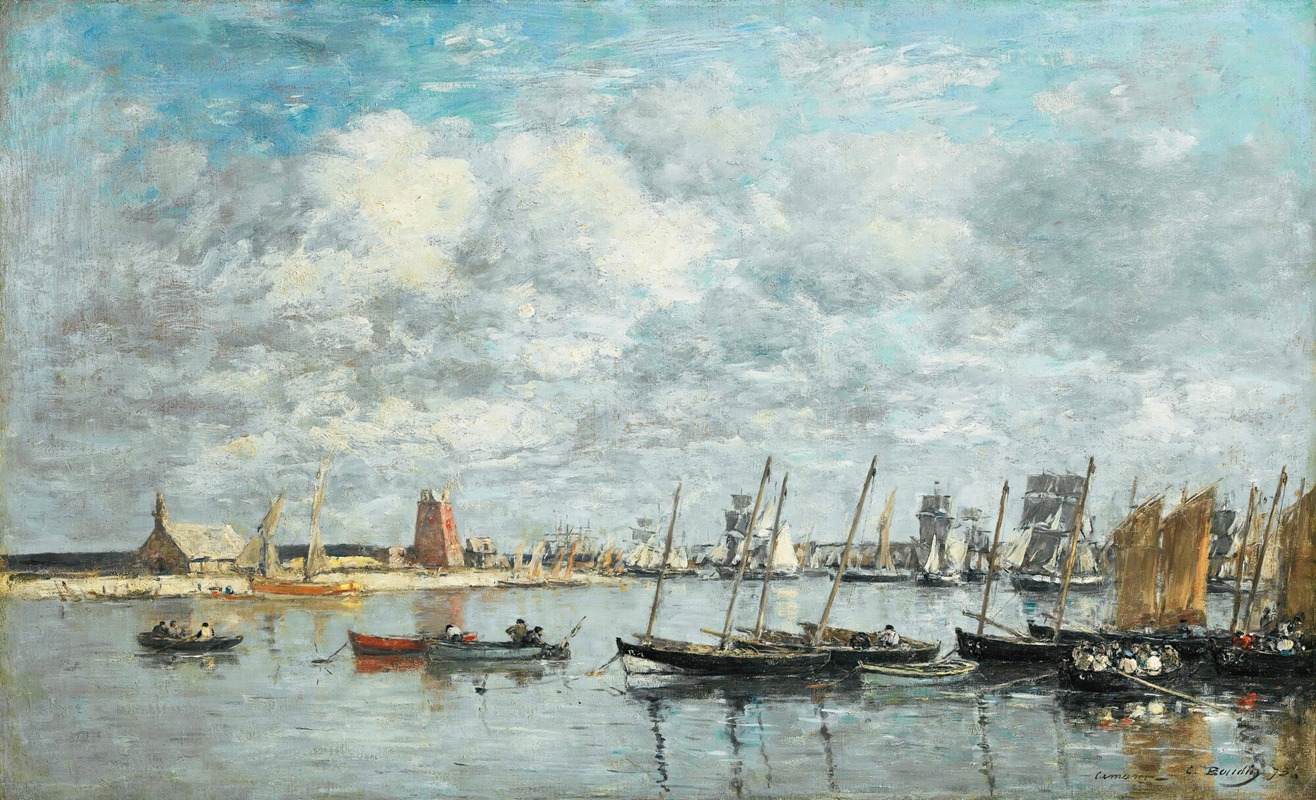
Camaret, Le Port
A hand-painted replica of Eugène Boudin’s masterpiece Camaret, Le Port, meticulously crafted by professional artists to capture the true essence of the original. Each piece is created with museum-quality canvas and rare mineral pigments, carefully painted by experienced artists with delicate brushstrokes and rich, layered colors to perfectly recreate the texture of the original artwork. Unlike machine-printed reproductions, this hand-painted version brings the painting to life, infused with the artist’s emotions and skill in every stroke. Whether for personal collection or home decoration, it instantly elevates the artistic atmosphere of any space.
"Camaret, Le Port" is a painting by the French artist Eugène Boudin, who is widely recognized for his contributions to the development of landscape painting and as a precursor to the Impressionist movement. Boudin was born on July 12, 1824, in Honfleur, France, and he developed a keen interest in capturing the effects of light and atmosphere in his works. His dedication to painting en plein air (outdoors) allowed him to observe and depict natural scenes with remarkable accuracy and sensitivity.
The painting "Camaret, Le Port" is one of Boudin's many works that focus on maritime themes, reflecting his fascination with the sea and coastal life. Camaret-sur-Mer is a small port town located in the Finistère department of Brittany, France. The town's picturesque harbor and vibrant maritime activity provided ample inspiration for Boudin, who often visited and painted various coastal locations throughout his career.
In "Camaret, Le Port," Boudin captures the bustling activity of the port with his characteristic loose brushwork and keen attention to the interplay of light and shadow. The painting likely dates from the late 19th century, a period during which Boudin produced numerous seascapes and harbor scenes. His ability to convey the transient effects of weather and light is evident in this work, as he skillfully renders the reflections on the water and the atmospheric conditions of the port.
Boudin's technique involves the use of a light palette and quick, fluid brushstrokes, which help to create a sense of immediacy and movement in the scene. The composition of "Camaret, Le Port" is carefully balanced, with the placement of boats, buildings, and figures guiding the viewer's eye through the painting. The overall effect is one of lively realism, capturing the essence of the port's daily life.
Eugène Boudin's work, including "Camaret, Le Port," had a significant influence on the Impressionist painters who followed him. His emphasis on painting outdoors and his focus on capturing the fleeting effects of light and atmosphere were key elements that the Impressionists adopted and developed further. Boudin's friendship with Claude Monet, in particular, played a crucial role in the latter's artistic development. Monet himself acknowledged Boudin's influence, crediting him with teaching him to appreciate and study the natural world.
"Camaret, Le Port" exemplifies Boudin's mastery of the marine genre and his ability to convey the beauty and dynamism of coastal life. Today, Boudin's works are held in high regard and can be found in major art museums and collections around the world, including the Musée d'Orsay in Paris and the National Gallery of Art in Washington, D.C. His legacy as a pioneer of modern landscape painting continues to be celebrated and studied by art historians and enthusiasts alike.






